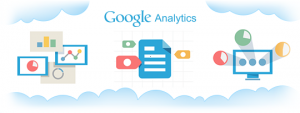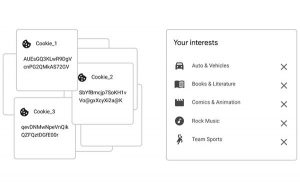
Knowing your steady sources of income, from Social Security to a company-sponsored retirement savings plan like a 401(k), is wise.
Post-Pandemic Retirement Income Sources
Social Security will be a critical—and significant—source of retirement income for many people. Like real estate, Social Security benefits, unlike most other forms of retirement income, are adjusted for inflation regularly. So when it comes to Social Security, the most important choice you’ll make is when to apply for benefits.
You have the option of taking reduced payments at 62, waiting until you’re eligible for full benefits (which will depend on your birth year), or delaying your initial payment to qualify for a more significant amount.
Many financial experts recommend waiting until you are eligible for full benefits or even longer if you can.
The Social Security Administration (SSA) provides various tools and services to assist you to understand your Social Security benefits better, and plan for the day when you’ll need to use them to help support your retirement.
You’ll have to make a crucial decision if you and your spouse are both eligible for Social Security payments based on your employment histories. First, you must select whether to take money from your own accounts or have one of you take spousal benefits.
Income via combination for retirement
Drawing on your individual accounts will bring the most rewards if you and your spouse earned about similar amounts during your working years. However, if one of you earns significantly more than the other, you should weigh your options. The SSA looks at your benefits first. Then at your spouse’s. The SSA issues payments accordingly. Adjustments will be made if the spouse has a higher retirement benefit than yours.
Beneficiaries had to wait until 1975 for a particular act of Congress to boost their benefits.
Defined Benefit Plans (DBPs) are a type of retirement insurance
If you have a defined benefit pension, you should know how much pension income you’ll get before retiring. How long you have worked for the firm. That’s the first assessment. Next, they assess how much you earned, and how old you were when you quit working. As you get closer to retirement, you should check with your employer’s human resources office to see if you qualify for a pension. After you’ve retired, the office should continue to be a useful resource.
First, make sure you’re vested. You’re eligible for a full pension. After five years of service, or progressively between years three and seven, many private firm employees become vested.
You should also inquire with your employer about what happens to your pension benefits if you retire before the age of 65 or continue to work past that age. When retirement happens before or after 65, certain firms may reduce the amount of pension you would otherwise receive.
If you’re married, choose a defined benefit plan. Notice the obligation of your employer. A portion of your pension goes to your surviving spouse. If you don’t want your spouse to get any of your pension, your spouse must sign a waiver of rights to this income in writing.
Pensions may be a big draw for those who work in the government or the military. However, in various aspects, government pensions and military retiree pay differ from business pensions:
If you have a defined contribution plan, your company may contribute money to it. They enable you to participate, or even match your contributions. However, unlike a defined benefit pension, your employer makes no guarantees regarding the amount of money you’ll get when you retire.
Retirement reality
The most well-known defined contribution plans are those offered by employers, such as 401(k), 403(b), and 457 plans. Simple IRAs, SIMPLE 401(k)s, and Simplified Employee Pension (SEP) IRAs are further options for small firms. With these products, you may put a portion of your current salary into a retirement plan.
Defined contribution plans differ from defined benefit plans. Most defined contribution plans provide faster vesting rights on any contributions made by your employer. You are always 100 percent vested in your own contributions. Any returns earned on those contributions are immediately yours.
Another significant characteristic of defined contribution plans is that you may generally transfer or rollover your accrued assets to your new employer’s plan or an IRA when you change jobs.
This way, when you start a new career, you’ll have a foundation of balance to work on.
If you cannot relocate your account, you may be able to leave it with your old workplace. That way, it will continue to grow until you retire.
Business & Finance Articles on Business 2 Community
(51)







